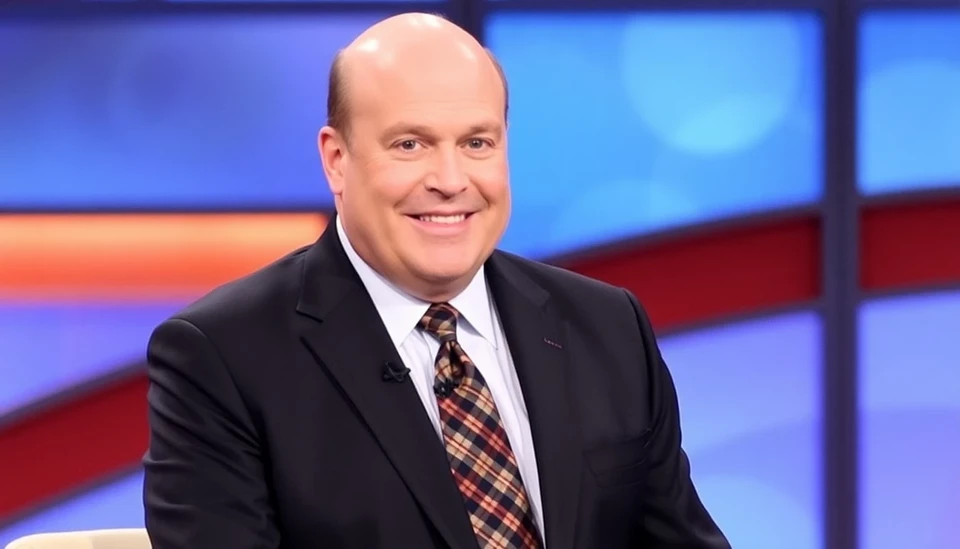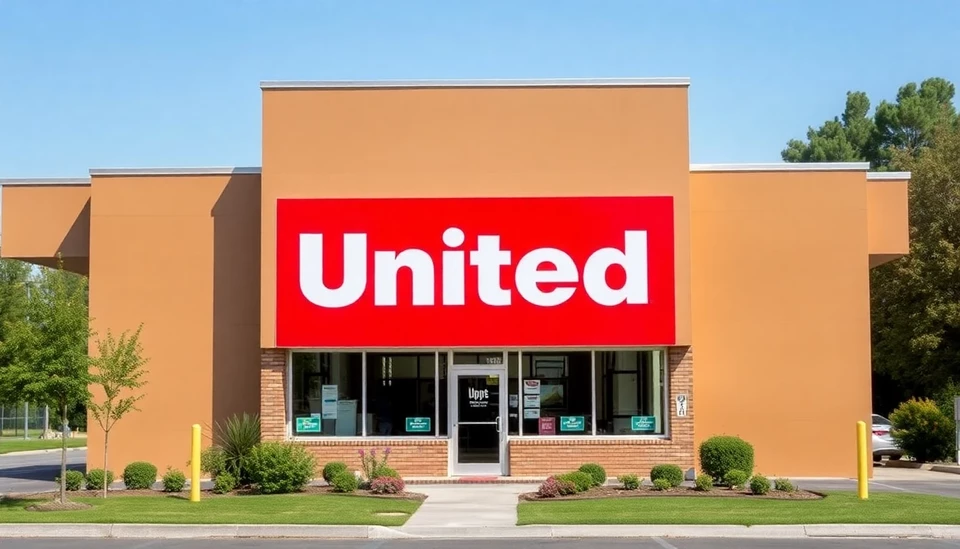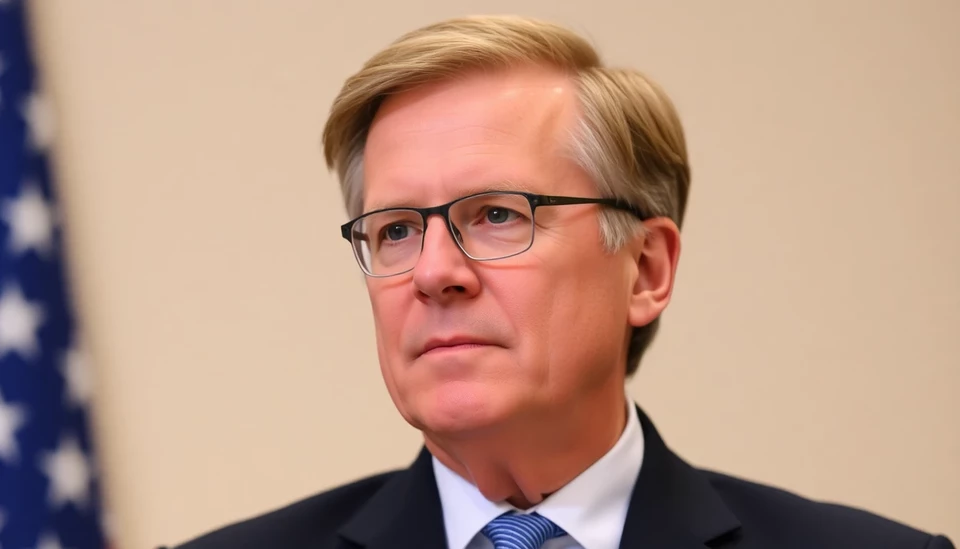
As the landscape of daytime television evolves, Dr. Phil McGraw finds himself grappling with increasing competition and shifting viewer preferences. Once a dominant force in talk shows, Dr. Phil's brand has begun to show signs of wear and tear amid the rise of fresh personalities and formats that resonate strongly with modern audiences.
Dr. Phil, who has been a staple on television since the late 1990s, has built a legacy on engaging with individuals facing personal crises. His straightforward style and tough-love approach endeared him to millions, positioning his show as a go-to for viewers seeking guidance. However, the winds of change are blowing through the television industry, and the circumstances surrounding his long-running show have begun to reflect the challenges faced by many legacy programs.
In recent years, there has been a noticeable shift in viewer preferences. Audiences are now increasingly drawn towards fresh, relatable faces and interactive formats that encourage participation and engagement. New contenders, such as reality-based shows and streaming platforms featuring various personalities, have stolen the spotlight, pulling viewers away from traditional talk show formats.
Moreover, Dr. Phil's show, while still popular, has felt the pinch of this changing dynamic. His approach, which once felt groundbreaking, now competes with a plethora of options that utilize more modern storytelling techniques and themes. The pressure to adapt to this evolving environment has led to questions about whether Dr. Phil can maintain his relevance in a sea of emerging talents.
In an attempt to regain traction, the production team behind Dr. Phil's show has made tweaks in programming and subject matter. Yet, many insiders believe these changes might be more of a reaction to market pressures than an authentic evolution of the show's core mission. Critics point out that without significant reform, the show may ultimately risk obsolescence in a fast-paced television world that continually churns out new content.
Additionally, technological advances have allowed new media platforms to flourish, giving rise to influencers and personalities who engage audiences in ways traditional television could not match. Dr. Phil's reliance on mainstream media standards has left him vulnerable to the nimble strategies of these modern content creators. As he navigates these challenges, the question looms large: can Dr. Phil reinvent himself, or is he destined to become a relic of a past era of television?
The legacy of Dr. Phil is under scrutiny as the competition heats up, and viewers are given an expanding array of options. As audiences continue to seek connection, relatability, and innovative formats in their daytime television, it remains to be seen whether Dr. Phil can adapt his formula to fit the current media ecosystem. His record of success speaks volumes, but the winds of change may well signal the beginning of a new chapter — one that is yet to be written.
In conclusion, Dr. Phil McGraw faces significant challenges as he deals with the evolving tastes of a contemporary audience. The show that once captured hearts is now at a crossroads, competing not just with other daytime offerings but also with the dynamic world of digital media. Whether he can reclaim his post among the daytime stars or become another casualty of a competitive landscape remains uncertain.
As we look to the future, consumers are reminded of the importance of adaptability and innovation in the fast-paced world of television. For Dr. Phil, the journey ahead will not only determine the fate of his career but also has the potential to redefine his legacy. The audience awaits, and so do the competitors.
#DrPhil #DaytimeTV #TalkShows #TelevisionCompetition #MediaTrends #AudienceEngagement
Author: John Harris




